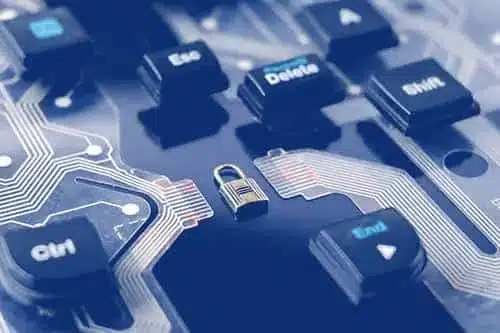5 Steps to Better IBM Software ELAs
April 12, 2024
4 min read
April 12, 2024
4 min read
An Enterprise License Agreement (ELA) is a contractual agreement outlining the terms and conditions for IBM® software products and services. ELAs allow customers to set up certain programs with a maximum deployment number for a specific timeframe. Basically, they bundle vendor services for a fixed period of time at a set cost. The components of an IBM ELA can vary depending on the organization, but they are typically comprised of the following elements:
IBM ELAs, in particular, are complex, costly, and typically require a three-year commitment. They have many moving parts and require extensive planning in several areas, including hardware/software upgrades, capacity procedures, and software retirement strategies.
But is it really possible to accurately plan out every single requirement necessary for the entire duration of the ELA?
What if you get it wrong?
Multiyear ELAs can lock you into a technology plan that might not make much sense a year from now, much less three or more.
Potential drawbacks of enterprise license agreements that can negatively affect your software estate include:
Limited flexibility. ELAs lock customers into a fixed set of terms, conditions, and pricing for the duration of the agreement. This lack of flexibility can become problematic if your needs change over time or if you want to explore new technologies outside of the ELA’s scope.
Customer support. While ELAs often include software support services, the quality and responsiveness can vary over the course of the agreement. Evaluate the level of support you will receive and ensure it aligns with your critical business needs.
Vendor lock-in. Long-term ELAs can make it challenging to switch to alternative solutions or use different vendors during the contract term. This limits your ability to respond to changing market conditions or business requirements. Technology is constantly changing, and software products are regularly updated with new features and functionalities. With a long-term ELA, you might miss out on access to the latest innovations and improvements if they are not included in the original agreement.
Whether you are looking for more adaptability or want to get more out of your next enterprise license agreements, there are some ways to shift the balance back in your favor.
When deciding on what size IBM ELA is best for your organization, it’s important to have a clear understanding of your software usage patterns, maintenance needs, and future business strategies. Ask yourself:
Most companies don’t use all the software solutions that come bundled together in vendor ELAs, and it’s rare that anyone ever realizes the ROI value of their three-year ELA. Developing a realistic plan can help save budget dollars in the long run.
While ELAs can provide cost predictability over the contract term, they often require significant payments upfront or higher overall expenditures compared to shorter-term agreements. Being locked into time-specific terms makes it challenging to switch to alternative solutions that might better suit your current needs.
This lack of flexibility can limit your ability to respond to changing market needs. Before committing, make sure to assess your budget and financial resources to ensure you can meet the financial obligations of a multiyear ELA.
It’s important to understand and plan out all of your IT estate requirements for the duration of the ELA to ensure you have a clear sense of the terms and conditions. Some questions to consider include:
It wasn’t so long ago that five-year ELAs were the norm. Now three-year contracts seem to be more prominent. When you renew a three-year ELA, you are giving the software vendor a tremendous amount of leverage over your future IT plans. What if those plans change?
A one-year ELA can offer more latitude both in scope planning, as well as the option for more reductions in the future. Remember, it’s your roadmap, not IBM’s.
Having an IBM ELA does not preclude you from working with a third-party software maintenance (TPSM) like Origina. You can keep your ELA and still use a TPSM company for software support and maintenance.
The best TPSM providers don’t focus merely on support or just break/fix. They are strategic partners that can help develop your digital strategy and drive your own roadmap.
It’s software on your terms.
Origina’s independent global IBM experts all have decades of experience on the products they support and are to go-to sources of independent advice for everything in the world of distributed IBM and HCL software.
With the right strategic partner in place, you can avoid vendor lock-in and put a place in place that will benefit both your business plan and your IT estate.
Gain insight into industry-only news, access to webinars, tips and tricks, blog posts, podcasts, and guides, surrounding topics like cybersecurity, reducing software support and maintenance costs and much more, all delivered to your inbox each month.
LEARN MORE